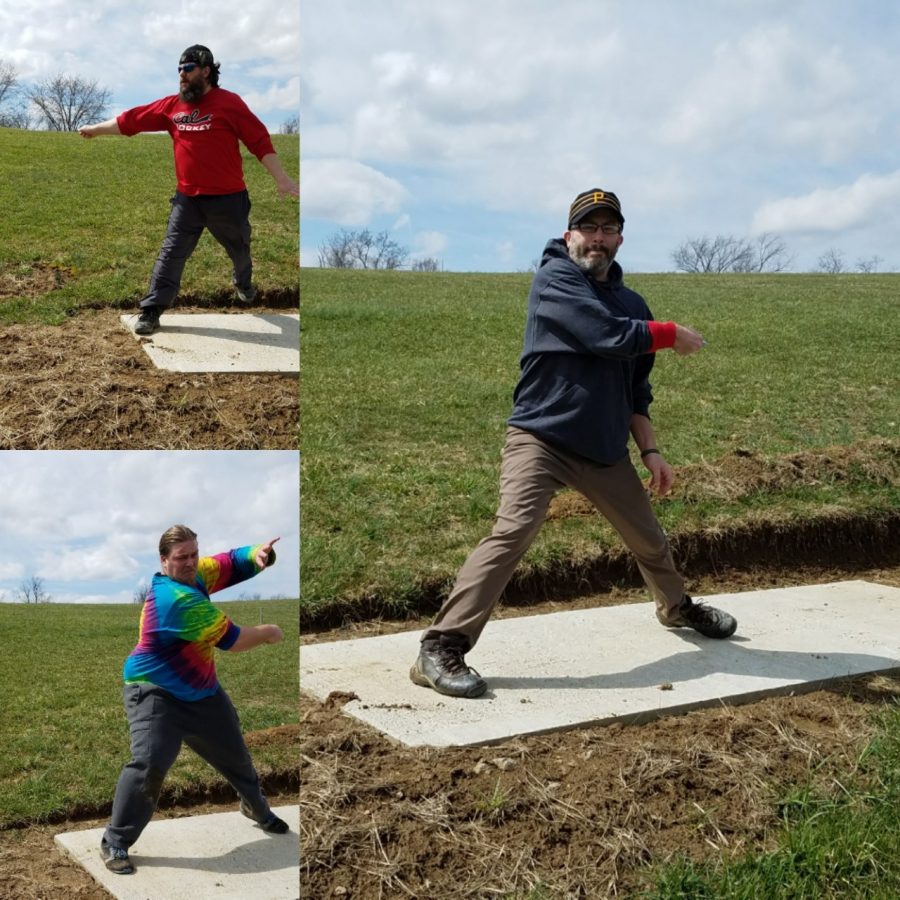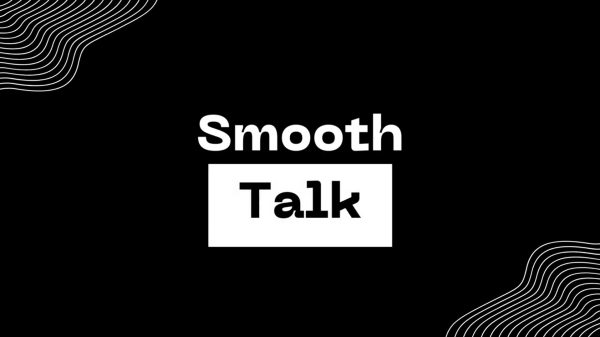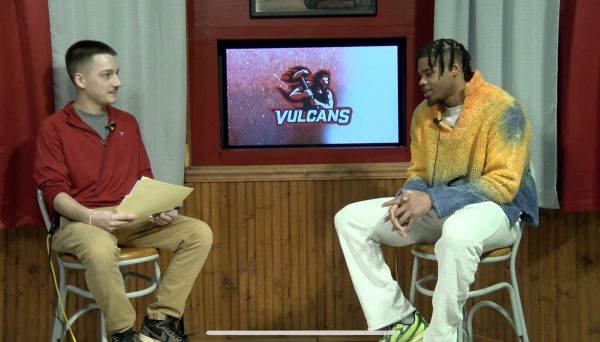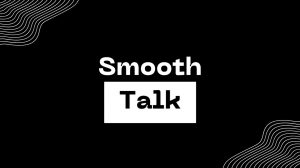You Want to Disc Golf, Now What?
February 15, 2019
Disc golf is a sport that is easy to pick up but hard to master. The easiest answer to the question of, “well, now what,” is to find a friend who plays and bug them to take you out for a round or two. If you do not know of anyone who plays then let this article be your guide to how to get started in the game. As with anything, the more involved you get the more complex it gets, but this is to serve as an in general beginner’s guide.
The first thing to learn is the equipment used to play. Just like each golf club has a different purpose in golf, each disc has a different purpose in disc golf. Discs are generally broken down into three categories: Drivers, Mid-Range, & Putters. Drivers are designed with wider rims to cut through the air easier for more distance but are typically are the hardest to control. Mid-Range discs are exactly what their name implies, they are used for shots that are closer to the basket and generally used as approach discs. They don’t go as far as drivers but are a lot easier to control, but we’ll talk about that later. Putters tend to do double duty as the disc that the player uses to putt with and hole out, but can also be used as approach discs. These discs fly the shortest and the straightest and are the most like traditional catch discs (Frisbees).
In addition to distance each disc type flies differently and there are some basic terms and physics to learn. First let’s discuss the basics physics of the discs. The following will be from the standpoint of a right-handed player that throws backhanded (RHBH); if you are a left-handed player simply reverse this information. Generally speaking every disc will fly right and move to the left as it loses momentum. This is called a “Hyzer.” Depending on the specific construction of some discs, it is possible for the RHBH player to make the disc start to the left and fly to right which is called an “Anhyzer.” Those terms are used when talking about the throw, there are other terms that are used when talking about the disc, so let’s brush over those. Stability refers to how the discs are supposed to fly. A disc is considered “Overstable” if it is designed to turn right to left and “Understable” if it’s designed to turn left to right. When looking to buy discs (and once you have started playing you will look to buy new discs), there are numbers to help you have an idea how they are designed and supposed to fly before you purchase them.
If you are just starting out in disc golf, you of course need to get discs. You can get a starter pack that includes a driver, mid-range and putter at most sporting goods stores or online by simply searching “Disc Golf Starter Pack.” Once you get your discs the urge will be to take the driver out and try and throw it as far as you can. This cannot be stressed enough: Resist that urge! Go out into a field and throw the discs to feel how they fly because there is no substitute for practice. If you are just starting out it is recommended to play your first couple rounds using just your mid-range and putter. The reason is those discs will fly the straightest and will help you learn the proper release. Using drivers too soon can cause some frustration at the beginning since they tend to turn the most if not thrown properly. Take it slow and have fun; a lot of the fun is in the journey!


























